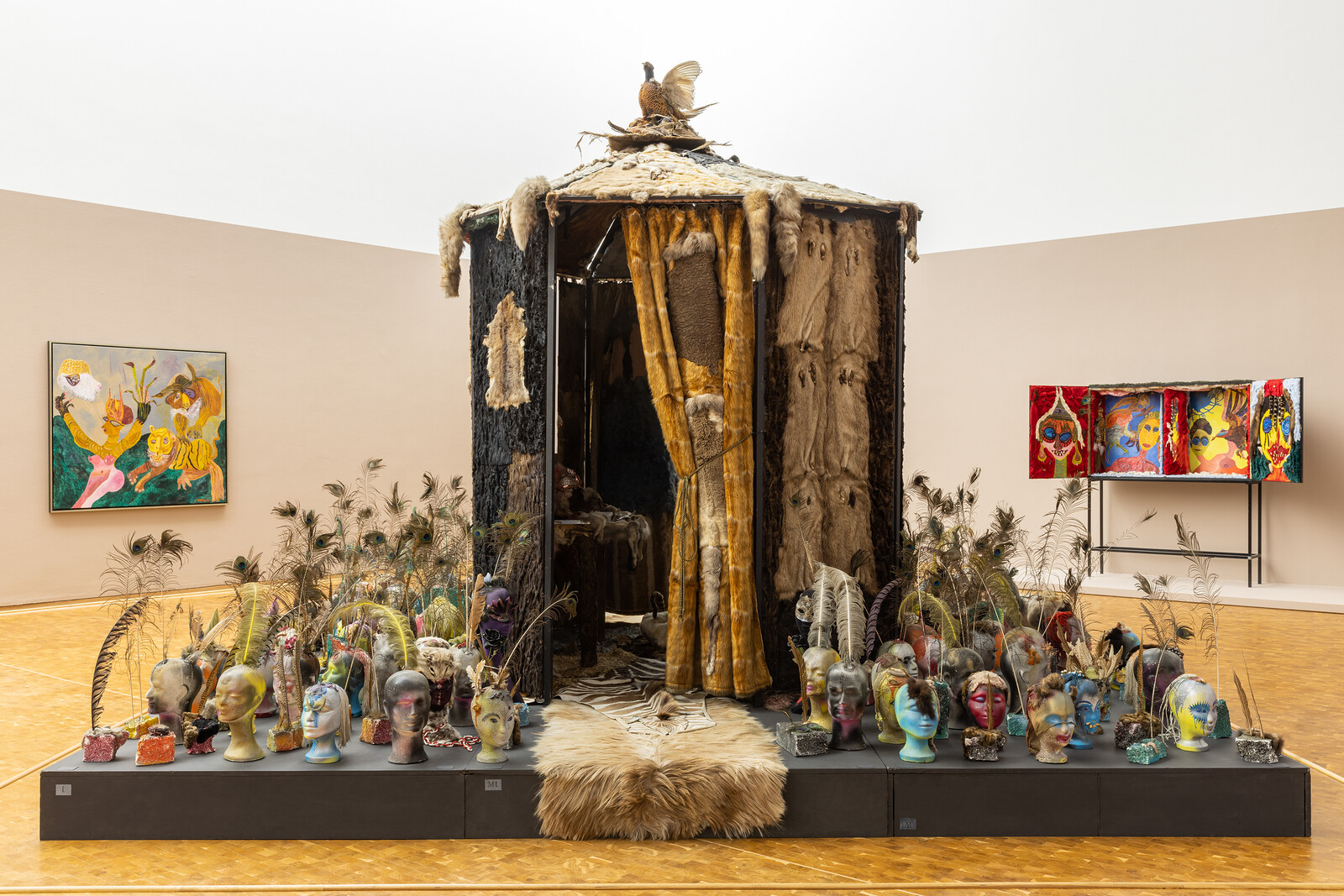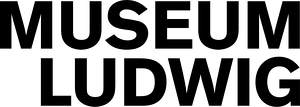March 18–July 23, 2023
Heinrich-Böll-Platz
50667 Cologne
Germany
Hours: Tuesday–Sunday 10am–6pm
T +49 221 22126165
info@museum-ludwig.de
Ursula Schultze-Bluhm, who is known simply as Ursula, was one of the most important German artists of the second half of the twentieth century. She was born in Mittenwalde, Germany, in 1921 and died in Cologne in 1999. Museum Ludwig’s exhibition Ursula—That’s Me. So What?, which is the first comprehensive museum show on the artist in over thirty years, offers a fresh look at her oeuvre.
This overview exhibition aims to present Ursula’s captivating and self-assured work to a new generation of museum visitors. The show reveals that it is the individuality of Ursula’s work that allows it to touch on so many fundamental and topical issues, including female self-determination and the challenging of established gender identities, with a worldview in which everything is interconnected and mutually dependent.
Ursula’s life and work offer an unconventional narrative of artistic independence. Her art exemplifies the idea that Surrealism is not a style, but an attitude. Ursula subverted reality and found the uncanny in the everyday, challenging the authorities of society and art by imagining new worlds in which old hierarchies are thrown overboard and new ways of life are conceivable. Ursula shared this utopian imagination with artists such as Leonora Carrington, Leonor Fini, Dorothea Tanning, and Unica Zürn.
It is impossible to unambiguously categorize the essence of Ursula’s works. Terms such as naive painting, Surrealism, or individual mythology only touch on individual aspects of her unorthodox visual ideas, which always convey an intensely sensual experience. As early as 1954, Jean Dubuffet integrated works by her into his Musée de l’Art Brut. Like André Breton, Dubuffet appreciated the unconventional narrative style of her texts and pictures, which—at least on first glance—seem to stand outside of time. While they often refer to mythology, they usually reflect the artist’s own emotional states, fears, and obsessions. “I impose my visions on reality—I am completely artificial,” Ursula declared, characterizing her unusual parallel worlds in which extravagant characters exist and the familiar and the uncanny are perceptible. Beauty and transience, the fairy-like and the monstrous, thrive side by side. One of Ursula’s characteristic subjects was Pandora, the woman who was created from clay in Greek mythology, in whose story the most terrible evils and the most excellent gifts are inseparably intertwined. Ursula’s scenes are frequently inhabited by fantastical hybrid creatures, and the allure of transformation is tangible everywhere, challenging time-worn dualisms such as woman/man and human/nature.
The show contains 236 works, of which 44 are from the collection of the Museum Ludwig. Director Yilmaz Dziewior: “I am very delighted that the Museum Ludwig is able to present Ursula’s first posthumous institutional solo exhibition, which is the largest to date. For decades, Ursula has had a decisive influence on the cultural landscape in Cologne and the Rhineland, both as an artist and as a personality. Her special connection to the Museum Ludwig is, above all, thanks to her estate, which is partly housed in the museum’s collection.”
The exhibition is sponsored by the Landschaftsverband Rheinland (LVR), the Karin and Uwe Hollweg Foundation, the Cultural Foundation of the German Federal States, the Friends of the Wallraf-Richartz-Museum and the Museum Ludwig, the Peter and Irene Ludwig Foundation, and Russmedia. We thank Farrow & Ball for the partial sponsorship of their new and extraordinary deep wall color.
Curator: Stephan Diederich
Curatorial assitant: Helena Kuhlmann
Catalogue
The exhibition will be accompanied by a catalogue Ursula–That’s me. So What? Edited by Stephan Diederich, with contributions by Patricia Allmer, Stephan Diederich, Yilmaz Dziewior, Helena Kuhlmann, Chus Martínez, Elizabeth A. Povinelli, German/English, Verlag der Buchhandlung Walther und Franz König, Cologne, € 38.
Social media
The Museum Ludwig will use the hashtag #MLxUrsula in its posts about the exhibition on social media.


